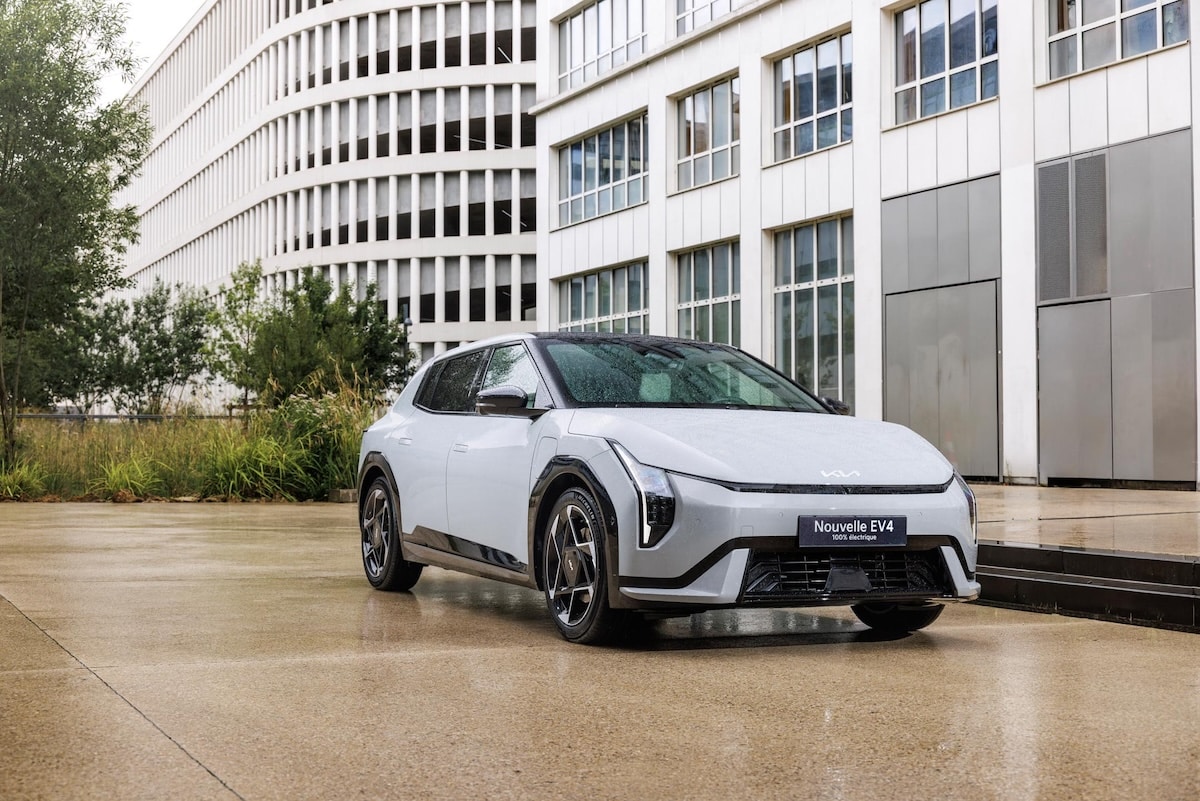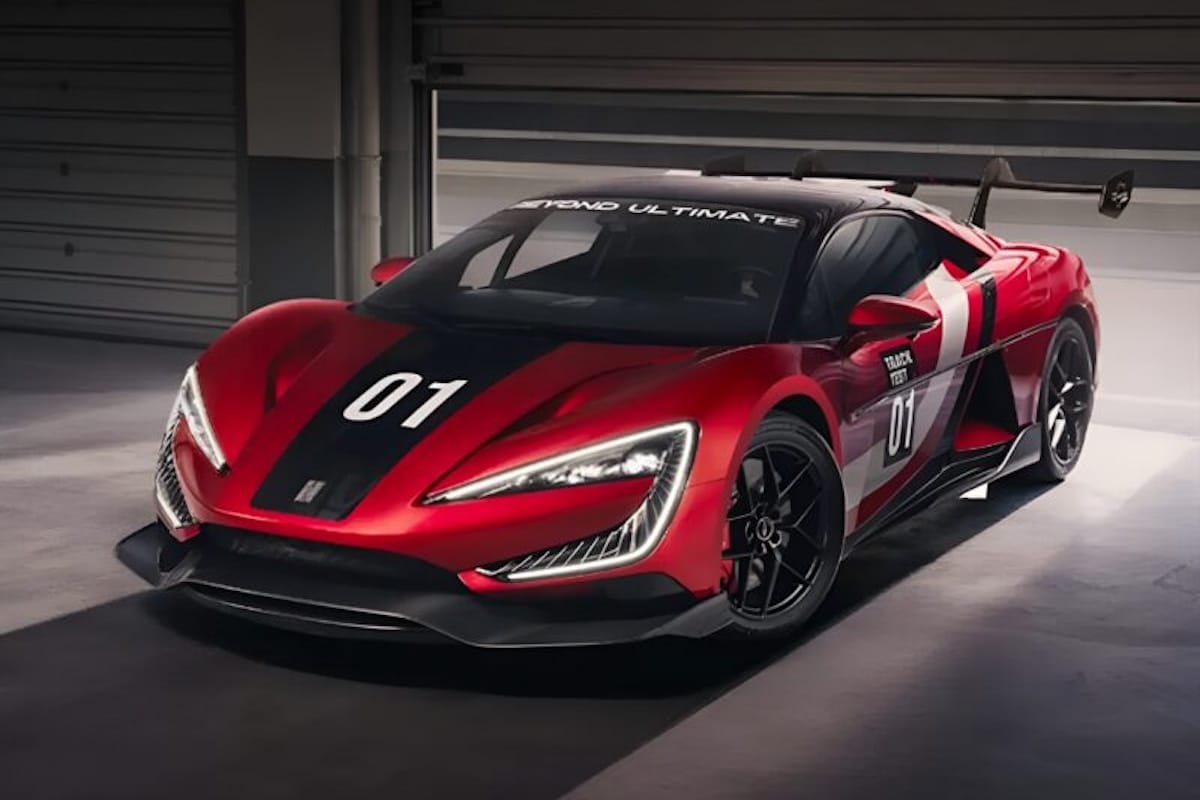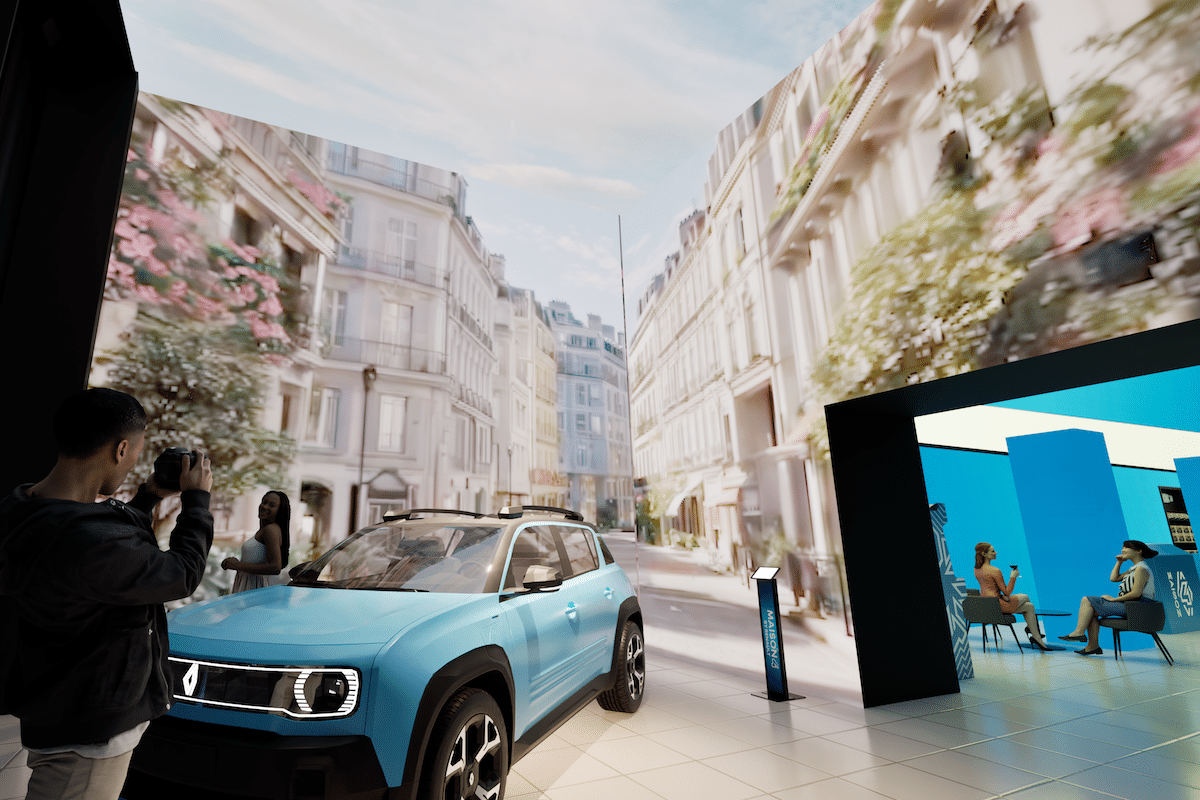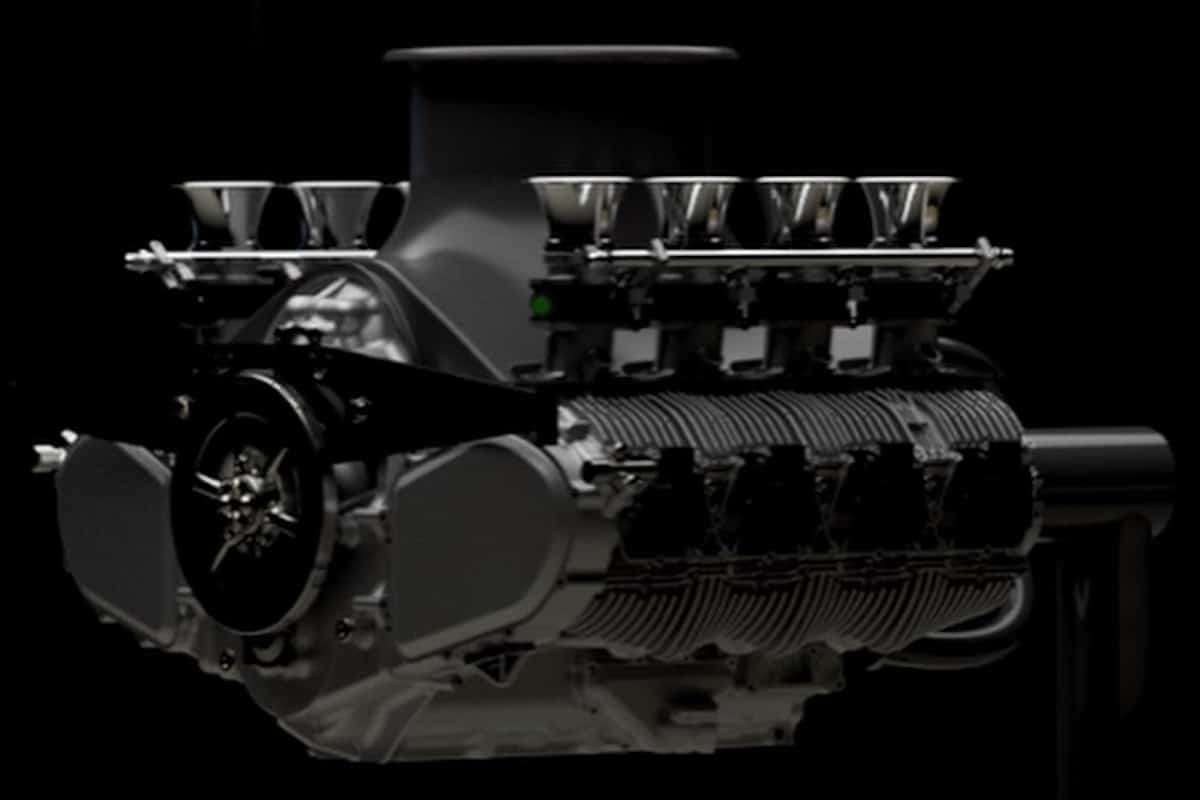Cupra Relies on Demagogy to Criticize Tesla
This page is translated from the original post "Cupra carbure à la démagogie pour tacler Tesla" in French.
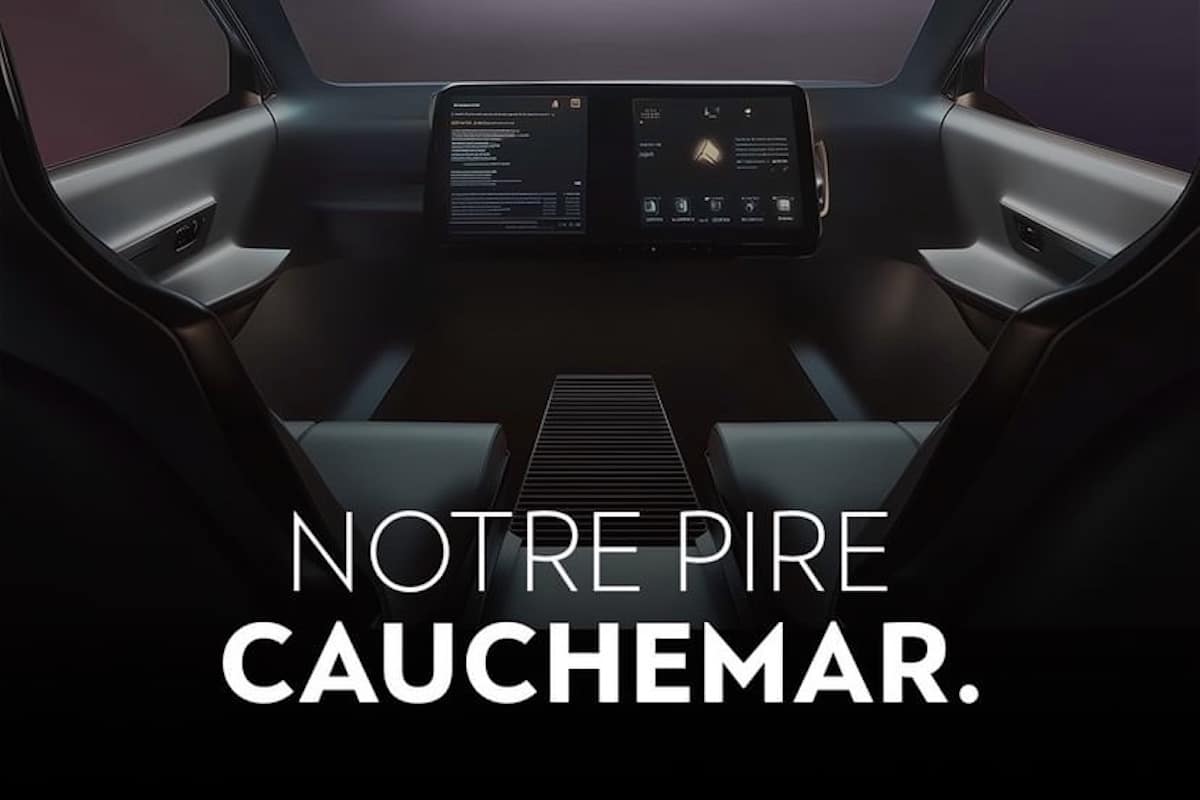
When Cupra mocks Tesla‘s autonomous driving, shouldn’t we see a deep inferiority complex in return?
There’s always a better idea than attacking peers, especially when they are a thousand times more powerful than you. The recent advertising campaign from Cupra on social media is just asking for trouble. Without naming Tesla, the undisputed leader in electric vehicle innovation whose sales dominate the best positions worldwide, Cupra opts for a provocative approach. The advertising refrain? The depiction of an interior lacking a steering wheel and pedals, but flanked by two large screens, with the text “OUR WORST NIGHTMARE. Where others rely on robots, we rely on you.” Emoji flame, etc., etc. More demagogic, you die!
Without mentioning Tesla, the message has come through, but beyond the provocation, an essential question arises: is this type of advertising really effective for a brand struggling for notoriety and therefore for customer interest? Is it not an admission of weakness?

Tesla, an unattainable star?
By positioning itself against Tesla’s innovations, Cupra seems to want to remind the public that the pleasure of driving should not disappear under futuristic innovations. But this approach raises problems. Firstly, it could be interpreted as a desperate attempt to gain visibility by taking on a brand with an almost cult status. Because Tesla, in the realm of the electric car of tomorrow, is much more than just a manufacturer; it’s a modern symbol. And every jab launched by a competitor, no matter how virulent, seems to turn against the attacker.
In a market where Tesla has almost monopolized media attention, Cupra’s strategy could backfire. By targeting Tesla so directly, the Spanish brand merely confirms the gravitational pull of Elon Musk’s company. Instead of presenting a strong alternative vision, Cupra gives the impression of wanting to exist in the shadow of a giant, without proposing a clear and bold model for the future. In short, this positioning risks giving Cupra the image of a “little one” taking on a “big one” in an attempt to elevate itself to its level. And especially of a little one trying to cling to the past, where there’s nothing better to do than drive when that mission could be handed over to artificial intelligence to free up time for other activities: reading a book (or browsing social media), resting, conversing, working if necessary.
And what about the consumer?
While some may see this advertisement as a humorous critique of the sanitized world of autonomous driving, others might perceive a brand that is severely lacking in original inspiration. Autonomy, for the modern consumer, is not merely a gadget; it’s a vision of the future. By opposing this vision, Cupra seems to forget that the audience is already ready for this future. By mocking the absence of a steering wheel, it risks losing some of its appeal among those looking to be at the forefront of innovation. All of this recalls Nokia when Apple arrived with its iPhone. We saw the result.
So, will this campaign have the desired effect? By trying to create a buzz, Cupra is banking heavily on its ability to attract those who resist the changes in the surrounding world. But this is not a sustainable strategy. If Cupra truly wants to establish itself, it will have to build an image based on its own strengths, rather than criticize its competitor. It’s not Tesla that wants it.
READ ALSO: The Tesla Model Y is indeed available for 36,990 euros!
We also suggestthese articles:
Also read
